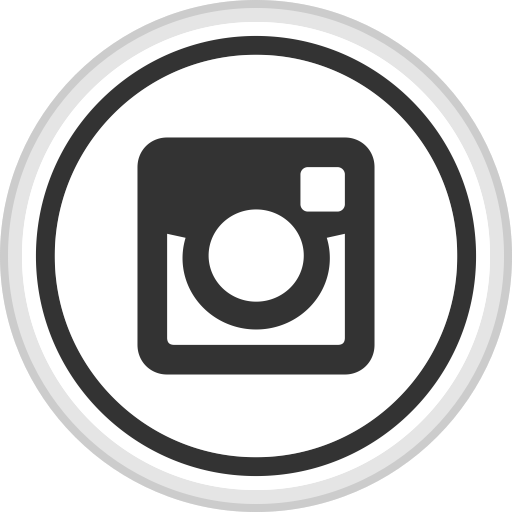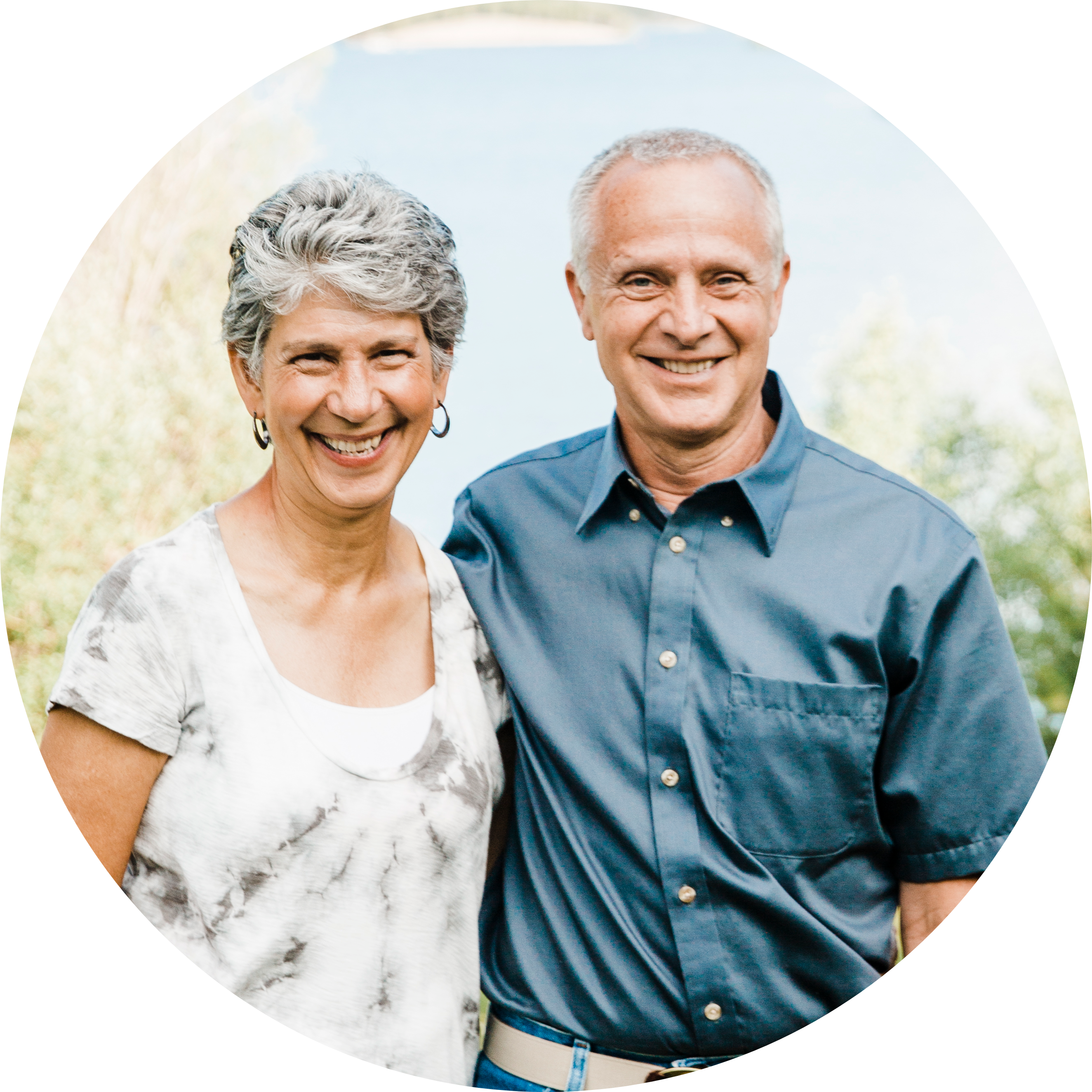
As summer days are getting cooler, you may be getting excited about all that the Autumn season brings .... warm sweaters, corn mazes, and pumpkin patches. Fall, however, is also a time when common illnesses culminate .... including allergies, colds, flu, and earaches.
There are several reasons why illnesses begin that uphill climb in the Fall.
- more time spent indoors due to colder weather means closer proximity to each other
- viruses and bacteria can be very contagious
- allergies
- dust and mold
Allergies
Weed Pollen
- ragweed
- affects about 15% of Americans
- prevalent in 49 states
- one plant can produce up to 1 billion pollen grains
- very light pollen, easily travels hundreds of miles by air as far as 400 miles out to see and 2 miles up in the atmosphere
- other pollens
- burning bush
- cocklebur
- lamb’s-quarters
- mugwort
- pigweed
- russian thistle
- sagebrush
- tumbleweed
- foods> if you have a ragweed allergy, you may also react to these foods:
- banana
- cantaloupe
- cucumber
- honeydew
- watermelon
- white potato
- zucchini
- sunflower seeds
What to do
- keep an eye on the pollen forecast and air quality forecast in your city or town
- close your windows during peak ragweed season
- clean or replace filters in your HVAC before using the heat
- shower after spending time outside (pollen is light and can travel far)
- keep surfaces in your home and car clean
Dust and Mold
Colder temperatures mean heaters and furnaces get turned on and dust and mold can infiltrate the indoor air you breathe. In addition, mold thrives on decaying leaves and wood and in warm, humid areas. Fall dry, breezes can carry these mold spores through the air and land on your hair and clothing.
Mold can also be found in wet and moist areas of your residence .... bathrooms, kitchens, basements .... or, anywhere there may be a water leak or a humid climate.
What to do
- clean up fall leaves and yard debris as soon as possible to avoid giving mold a place to thrive. Wear an N-95 mask when cleaning up moldy areas, working with mulch, or cleaning up rotting logs and wood. Or have someone without a mold allergy do it, if possible.
- wear sunglasses, a face mask, and a hat when outside.
- fix and remove sources of mold in your home. Repair water leaks right away. Use exhaust fans in your kitchen and bathroom. Don’t leave wet towels and clothing sitting around.
- use a dehumidifier to remove moisture in your home. Keep humidity below 45%.
- clinical trials have shown diffusing essential oils to be effective in cleaning pollen from the air and, thereby, aid in alleviating symptoms and has an effect on molds.


For a kids version only use 1 drop each of Lavender, RC, and SniffleEase to the same amount of saline solution and salt.
Use a 30ml nasal spray bottle like this one.
Viruses and Bacteria
Colder temperatures reduces the amount of time most people spend outside. This means closer contact with each other and easier transmission from viruses and bacteria that are already very contagious. To top it off .... some viruses can survive even better in colder temperatures. In fact, flu viruses actual begin to "increase" beginning with October.
What to do
- stay clear of anyone who is displaying signs of being sick
- wash hands frequently
- avoid touching face and mouth
- keep high-touch surfaces and electronic devices clean
- stay away from people if you are sick
- cover sneezes and coughs with a tissue or shirt sleeve
- get plenty of rest
- drink lots of water
- eat healthy food
Other Suggestions
At the first sign of any discomfort, being proactive with Inner Defense can really shorten the duration of what ails you.
- Digestive disorders
- ginger - helpful for upset stomach, nausea and motion sickness
- Ginger essential oil as a tea, a couple drops in a capsule or apply topically over the abdomen
- candied ginger
- probiotics - allergies are the result of an imbalance in the immune system; helpful for balancing the good and bad gut bacteria and stimulate production of immune enhancing substances
- useful for diarrhea caused by infections
- useful during antibiotic use to re-inoculate gut with good bacteria
- great powdered kids probiotic
- ginger - helpful for upset stomach, nausea and motion sickness
- Sore throat/cough
- echinacea - can reduce the duration of cold symptoms
- best if used during the first day or two
- available as a tea, drops or pills
- elderberry syrup - helpful for colds and flu
- contains antiviral properties
- Thieves tea
- 1 cup hot water
- 1-2 drops each of: Thieves, Lemon, Peppermint, Copaiba
- honey to taste
- echinacea - can reduce the duration of cold symptoms
Seasonal Affective Disorder (SAD)
Seasonal Affective Disorder is a type of depression that is related to the changes in seasons. Symptoms may start in the Fall and continue into the winter months sapping your energy and causing you to feel moody. Symptoms specific to winter SAD are:
- oversleeping
- appetite changes, especially a craving for foods high in carbohydrates
- weight gain
- tiredness or low energy

You can check out all of the suggested products here.
All individual products have been bundled together here to easily find and select just the products you would like.






